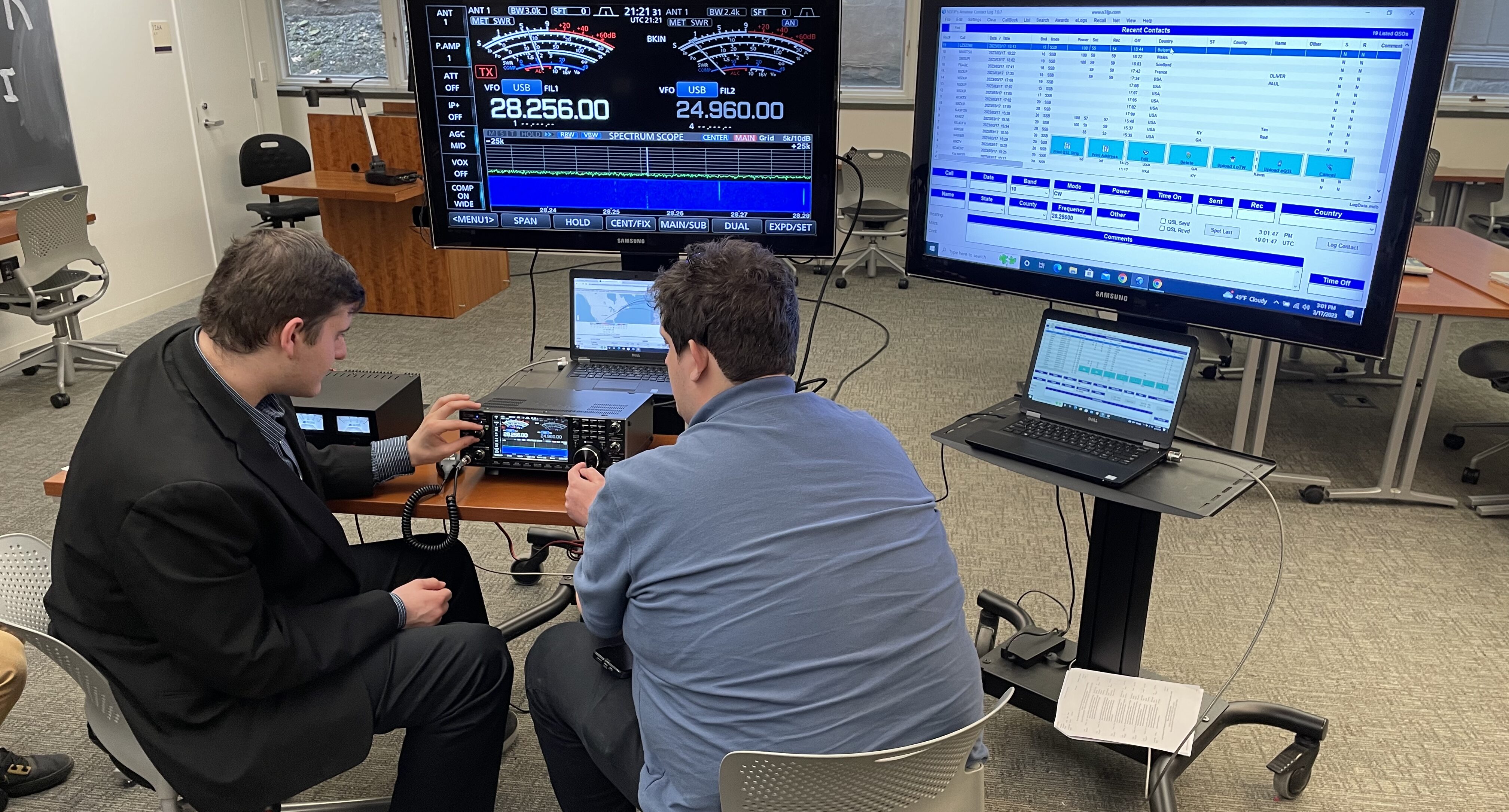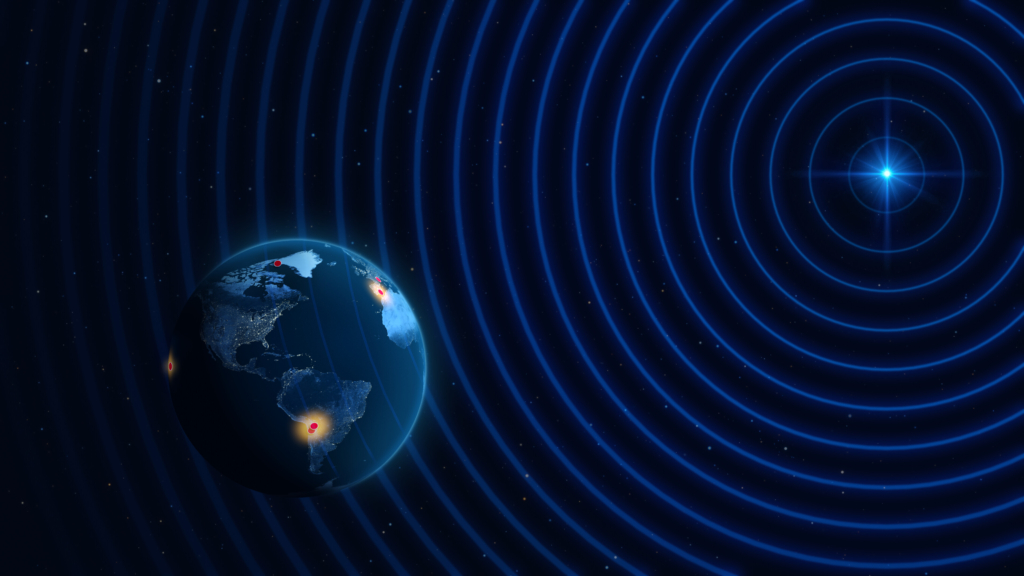An international team of astronomers led by Jessica Speedie, Department of Physics & Astronomy Ph.D. candidate at the University of Victoria (Canada), observed the well-characterized protoplanetary disk around AB Aurigae and found observational evidence that matches the alternative “top-down” theoretical sequence of planet formation.




